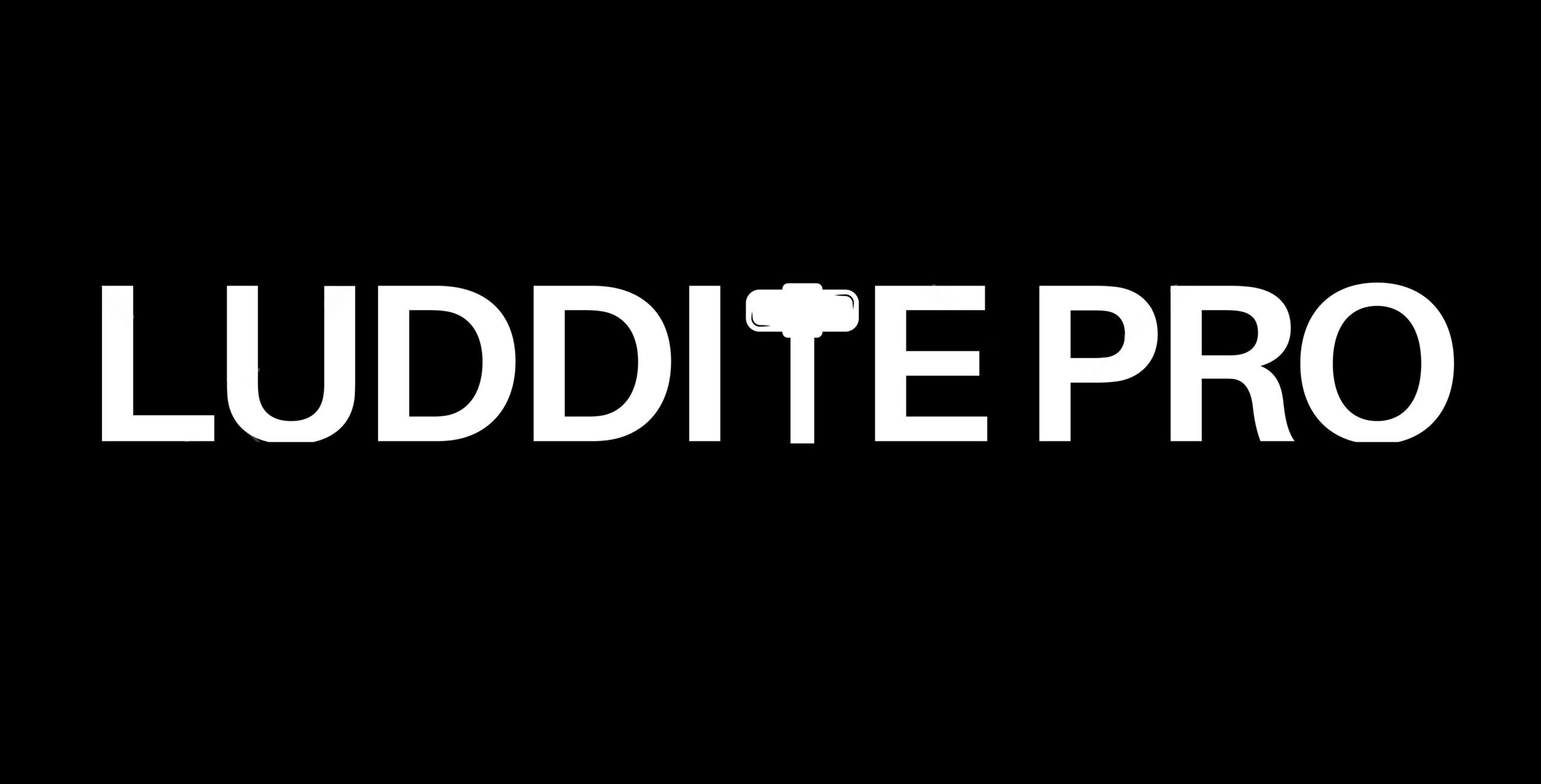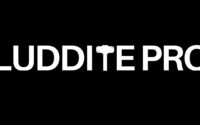Shutterstock AI Ban One Year Anniversary-Still Filled With AI Images
Shutterstock AI is a mess.
On September 19, 2022, Shutterstock announced a ban on AI-generated images. The move occurred two months after David Holz‘s public launch of Midjourney AI, which led to the launch Stable Diffusion by the Emad Mostaque-led Stability AI. Due to widespread outrage by the artist community and a flood of AI-generated images polluting the internet, the move was highly lauded…at first.
However, it was only a short time before Shutterstock got on the wrong side of human artists and their AI-hopeful counterparts by partnering with OpenAI to implement a Dall-E 2-based AI image generator within its site to compete with its human contributors. Not only that, but the company doubled down on using its archive to feed OpenAI’s attempt to compete in the synthetic image market.

As the one-year anniversary approaches this week, let’s look back at the history of Shutterstock AI and how we got to where we are today.
TL;DR
- Shutterstock AI is a two-way partnership between Shutterstock and OpenAI.
- Shutterstock provides its archive of nearly one billion images, vectors, videos, and music clips fully annotated by human contributors.
- OpenAI brings its AI technology integration into Shutterstock AI and GIPHY for mobile users.
- Users can generate images for free on Shutterstock AI but must pay to download outputs, and outputs are added to Shutterstock’s marketplace as a contributor named “Shutterstock AI”
- As of September 10, 2023, there are over 1.1 million AI-generated images on Shutterstock that are officially sanctioned by the platform, properly labeled, and archived under the official Shutterstock AI contributor.
- It is not clear if Shutterstock subsidiaries like Giphhy and Pond5 pay contributors for being included in datasets.
- Shutterstock contributors are not allowed to upload AI-generated images to Shutterstock, but it is still filled with user-submitted synthetic AI images that are not properly labeled.
Timeline
- July 12, 2022-Midjourney AI launches and kickstarts the generative AI boom.
- August 22, 2022-Stable Diffusion launches as open source and allows anyone to generate images from their computer (with a good enough graphics card).
- September 12, 2022-Shutterstock bans AI-generated images from being submitted to its platform by human contributors.
- September 21, 2022–Getty Images announces a full ban on AI-generated images from being submitted to its platform by human contributors.
- September 21, 2022-Shutterstock responds to Getty’s announcement five hours later by reinstating previously banned AI-generated images submitted to its platform by human contributors.
- October 25, 2022-Shutterstock announces partnership with OpenAI and once again bans user-submitted AI-generated images.
- January 25, 2023–Shutterstock AI launches, allowing users to create images using Dall-E 2 trained on Shutterstock’s archives. A pending payment plan is announced, although its details are fuzzy. PetaPixel has the best unconfirmed guess so far.
- July 11, 2023–Shutterstock announces a six-year partnership with OpenAI, providing its libraries as training data for DALL-E and, in return, gaining access to OpenAI’s generative AI capabilities for its mobile users through the Giphy database.
- September 12, 2023–We celebrate(?) the one-year anniversary of Shutterstock’s AI ban(?).
Background
About Shutterstock
Shutterstock, Inc. is an American company specializing in stock photography, footage, music, and editing tools. It was founded in 2003 by Jon Oringer. Headquartered in New York, it initially offered subscription-based services before moving to a la carte pricing in 2008. The company went public on the New York Stock Exchange in 2012 under the ticker SSTK. Over the years, Shutterstock has made several acquisitions, including:
- Bigstock in 2009,
- Webdam in 2014,
- Rex Features in 2015
- PremiumBeat in 2015
- Pond5 in 2022
- Splash News in 2022
- Giphy in 2023
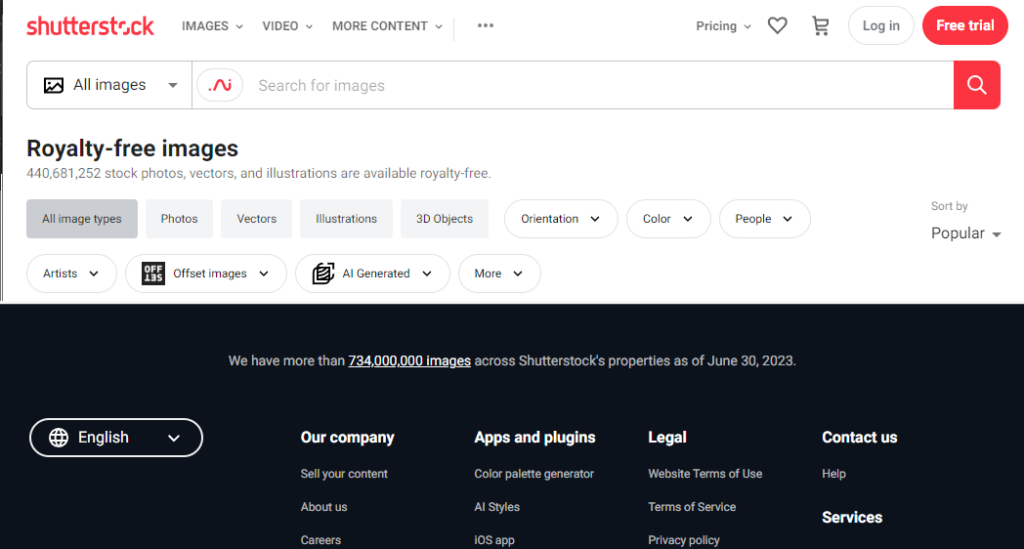
Shutterstock has a vast library that includes around 734 million royalty-free stock photos, vector graphics, and illustrations, along with approximately 100 million video clips and music tracks. It also has numerous partnerships with companies like Meta, Alphabet, NVIDIA, LG, IBM’s Watson, and Tencent. The company is used to controversies, like the change in its contributor earnings structure in 2020, which was met with backlash from photographers.
About OpenAI
OpenAI is a U.S.-based AI enterprise disguised as a research lab, founded in 2015 with a focus on developing “safe and beneficial” artificial general intelligence (AGI). Initially a non-profit, OpenAI transitioned to a “capped” for-profit model in 2019 to attract investments and top talent. Microsoft has been a key investor, infusing $1 billion in 2019 and bringing the total to $13 billion in 2023.
OpenAI introduced generative AI products like GPT-3 and DALL-E to the market, and has commercial partnerships with Microsoft. Its mission, governance, and for-profit transition have been subjects of public discussion. As of 2023, OpenAI is valued at $29 billion and has made strategic acquisitions like the New York-based start-up Global Illumination. It is on track to earn $1 billion in revenue in 2023.
The company faces criticism for outsourcing the annotation of toxic content to Sama, a company that paid its Kenyan workers between $1.32 and $2.00 per hour post-tax, while OpenAI paid Sama $12.50 per hour. The work allegedly left some employees mentally scarred.
OpenAI has also been criticized for a lack of transparency around technical details of products like ChatGPT, Dall-E 2, and GPT-4, which makes it difficult for independent research and goes against its initial commitment to openness. Legal issues have also emerged, including copyright infringement lawsuits from authors and potential action from The New York Times, as well as a lawsuit for violating EU General Data Protection Regulations. In response to this, the EU formed the European Data Protection Board (EDPB) in April 2023 for better oversight.
Examining Shutterstock AI
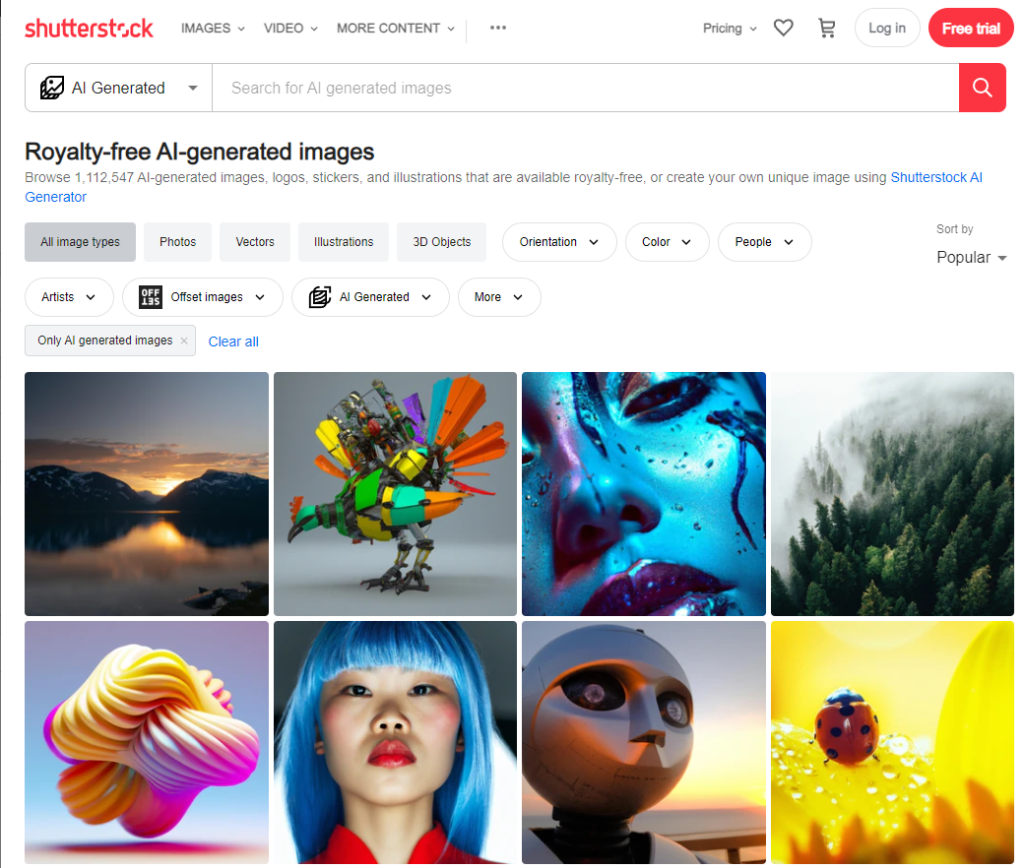
Since its launch, Shutterstock managed to annoy both sides of the generative AI debate. This is because the company took a stance that’s obviously anti-human.
The company didn’t warn creators in advance their work would be trained on (lack of consent). Not only that, but their constant switcheroo in banning, allowing, and re-banning AI-generated images uploaded by users created a problem for would-be AI artists.
Even before the dawn of AI, Shutterstock received a lot of ire from graphic designers, artists, and photographers for its payment structure. If you were to subscribe to Shutterstock, here are the prices you’ll pay for images:
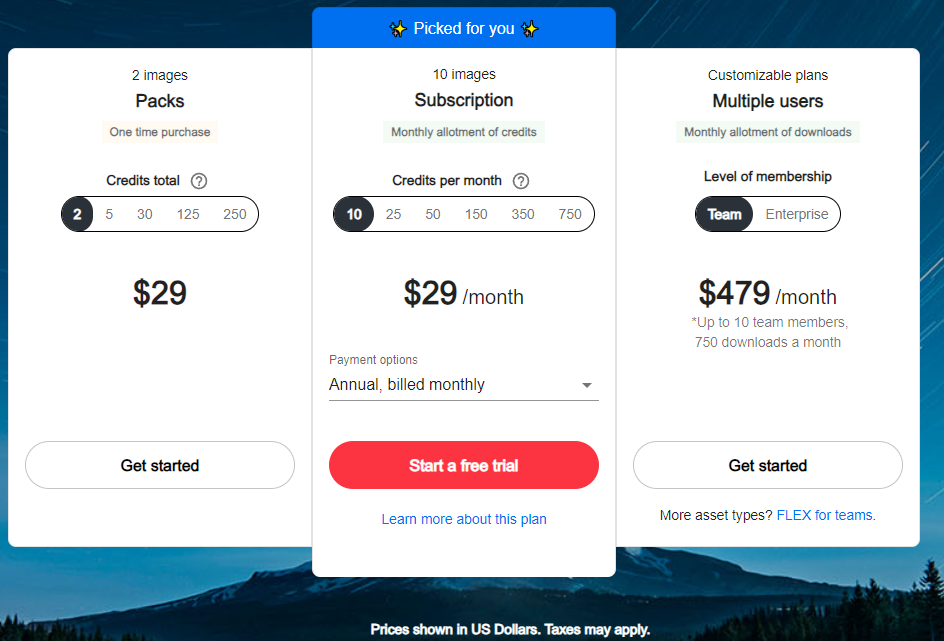
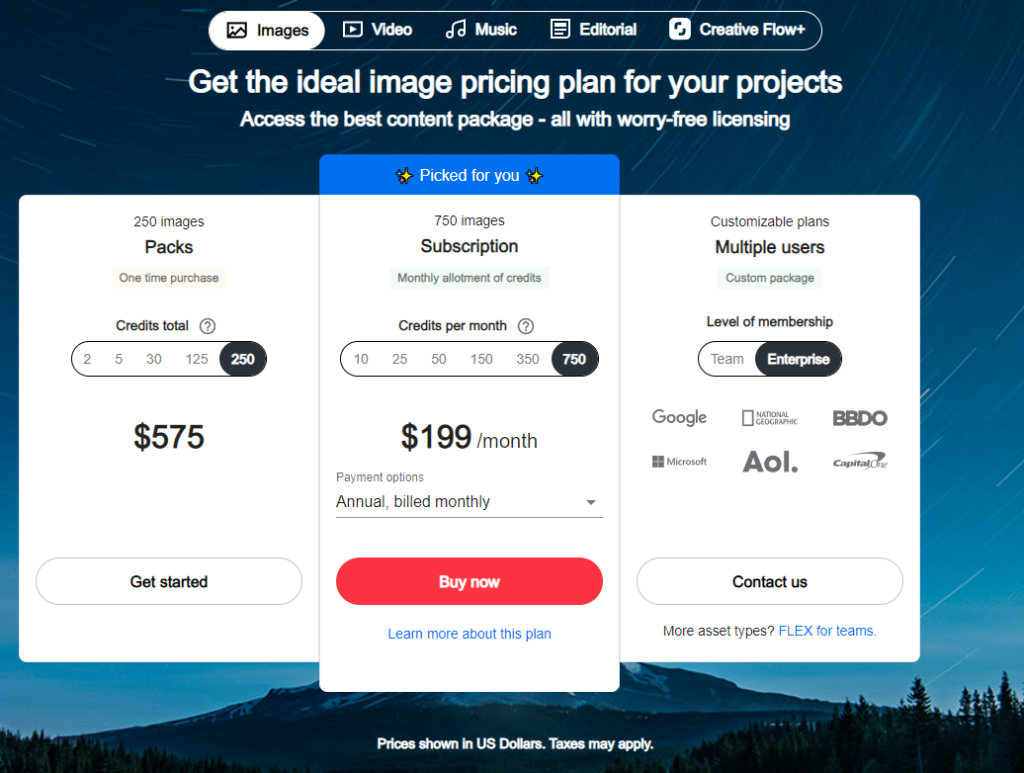
You can pay anywhere from $0.28 to $15 or more for one image. However, the payouts on the contributor side are painfully low, starting at $0.10 per image and requiring a complicated level structure to earn more. Making matters worse, the levels reset every calendar year.
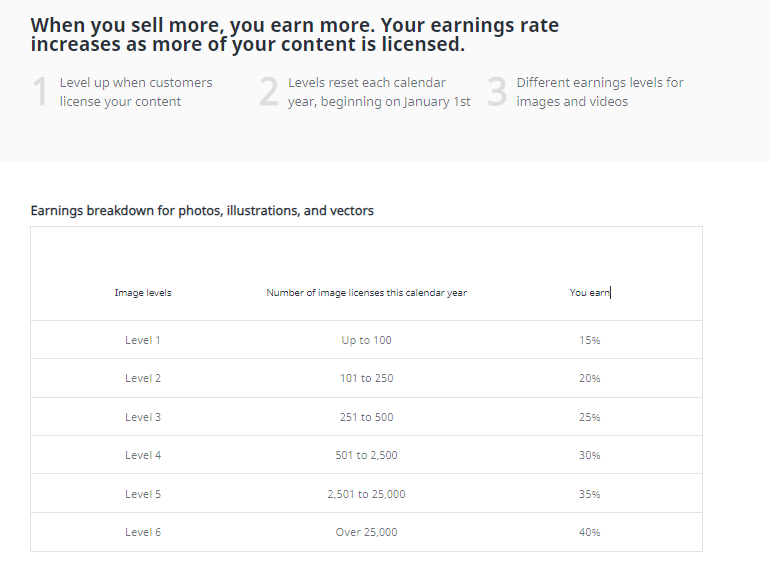
This means that even if you sell over 25,000 images a year (which isn’t easy but is absolutely possible with enough assets in your portfolio) to earn 40%, you’ll inevitably drop back down to the default 15% and have to climb your way back up. January is a slow month for everybody on Shutterstock, and that’s just the start.
Now there’s an official Shutterstock AI contributor that already has over 1.1 million images and is competing against every human on the platform. Shutterstock contributors are W-9 contractors who receive no benefits. Their work hours aren’t track–it’s a marketplace, and people will work as hard as they need to earn whatever money they can.
The average portfolio size on Shutterstock was 6,343 images (mean is 2,112), according to a survey by independent photographer Robert Kneschke of 58 stock photographers. Of course, these are likely the most hardcore devotees of the game, and it is likely this number is greatly overestimated when including all of the smaller inactive accounts.
Most photographers and artists upload a few things to stock photo sites like Shutterstock, are unimpressed by the earnings, and walk away. If you’re earning $100 a year on any given stock site, you’re easily in the top 50th percentile and near the exponential growth curve.
This means that like artificial intelligence, stock photography sites take a little bit of work from a lot of artists to create a seemingly vibrant marketplace. In reality, only the top 10 percentile are earning regular payouts worth talking about, and the top one percentile likely earn the bulk of the monthly earnings.
Stock marketplaces are often manipulated manually by the internal team, and they can choose which contributors to feature above the fold by featuring them in official documentation, release announcements, blogs, and other marketing and communications materials. This provides a manual search engine optimization (SEO) boost in the internal search engines and ensures the preferred contributors remain above others in the search results.
According to early reports, the payouts to contributors for having their work trained equated to fractions of a penny per image (around $0.0025) versus the usual $0.10 minimum. These are only estimates, however, and it’s unclear how much is officially being earned. Right now, news reports pegged the number at around $4 million in May, and we can expect two payouts a year, according to our sources.
This means we should hear more by the holiday season. Until then, there’s still the matter of unlabeled AI images flooding the marketplace.
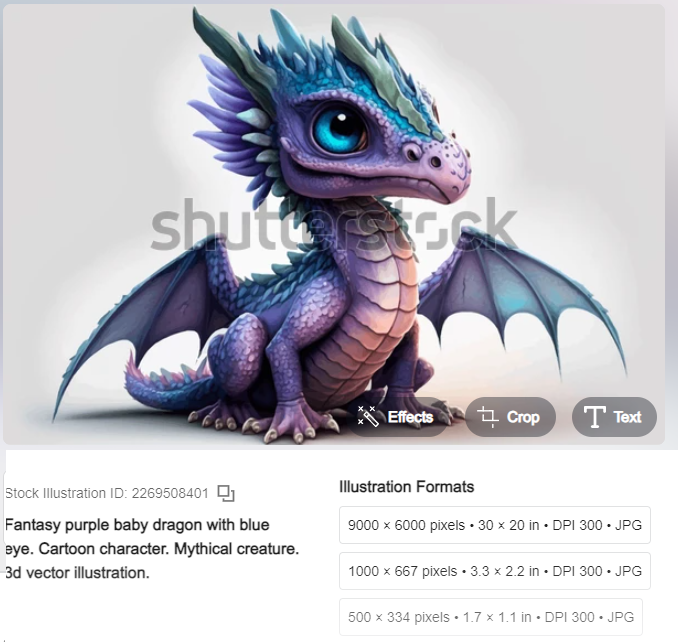

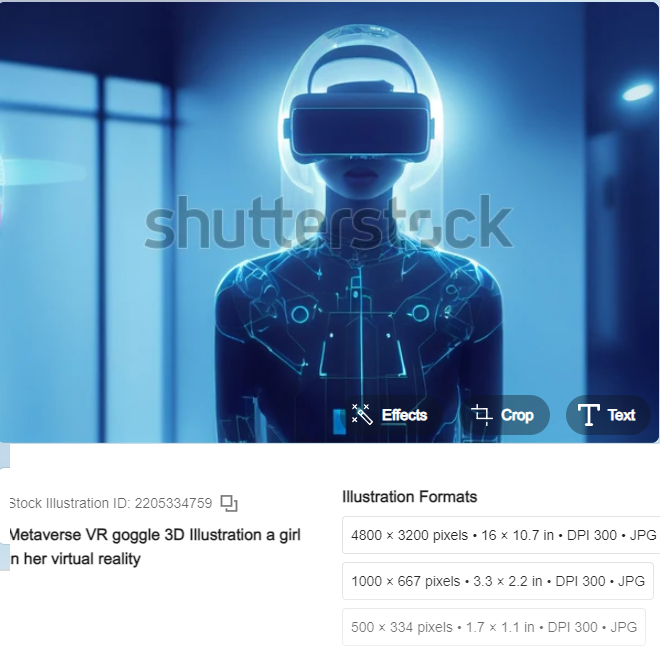
And that’s not all–the above list of subsidiaries are also being used in AI training. But contributors to Bigstock, PremiumBeat, Pond5, and Gipy aren’t clear on how they’ll be contributed for their work being used in models. Where are their payments?
How are only Shutterstock users being paid when the models are trained on their entire archive including all subsidiaries?
What We Can Do
Right now, there’s nothing you can do to stop your images that were already uploaded to Shutterstock from being used in OpenAI’s data training. However, you can remove any images you have if you so choose to delete your Shutterstock contributors account.
You can also choose to boycott Shutterstock, although if you weren’t already using it, that won’t mean much. Encouraging others to use human-friendly alternatives can also help. If we must use stock images, either stick to the public domain or pay for a competitive stock site that is not AI friendly.
Right now, those are hard to come by though. Shutterstock and Adobe hold a large part of the market, and Adobe did the same thing in using its Adobe Stock archive to train a model and implementing its own Firefly AI generative AI product, which is now implemented into most of the Adobe Creative Cloud. Competitors like 123RF also followed their lead by both training and generating AI, and the quality on 123RF is much too close to Midjourney (better than Shutterstock and Firefly), so it’s hard to believe it was created ethically.
Meanwhile, Getty/iStock and Alamy may ban AI-generated images from being uploaded to their marketplaces, but they both are deeply involved in training generative AI images from their archives. Both Alamy and Getty partnered with NVIDIA and startup Bria AI to create its own Ai image generator.
This leaves little room for humans to be involved in the stock image trade. By participating at all, they are submitting themselves to train their replacement. And over time, the average human’s portfolio of a few thousand images will never compete with an AI portfolio of one million or more images.
If this makes you angry, sign the open letter for creatives refusing generative AI.
